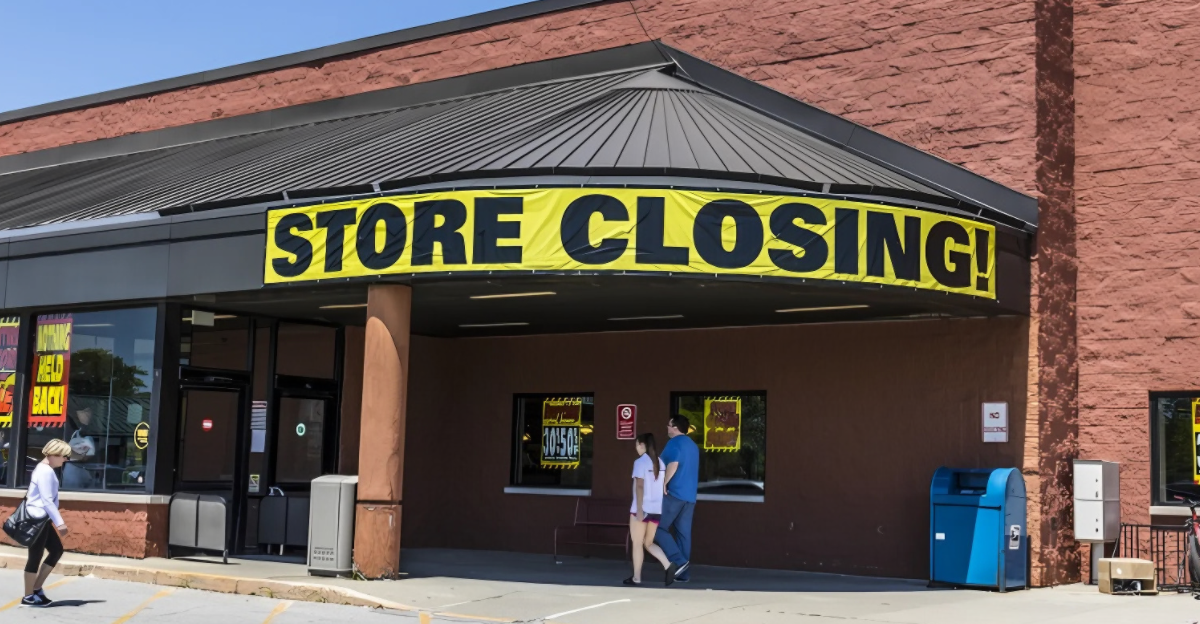
For decades, convenience stores have meant instant availability of necessities, snacks, and gasoline and have entered the fabric of daily life. Yet in 2025, one of the most familiar chains is shutting down for good.
The closure is not only an economic choice but a sign of seismic change in consumer and retailing. The slow erosion of the chain, to a soft but irresistible wind-down, is a symptom of profound economic forces, changing customer habits, and competition from online and hybrid bricks-and-mortar retailing platforms.
Looking into the reasons behind this closure gives us insight into the evolution of convenience retailing and the outlook for legacy brands.
How Economic Pressures Lead To Store Closures
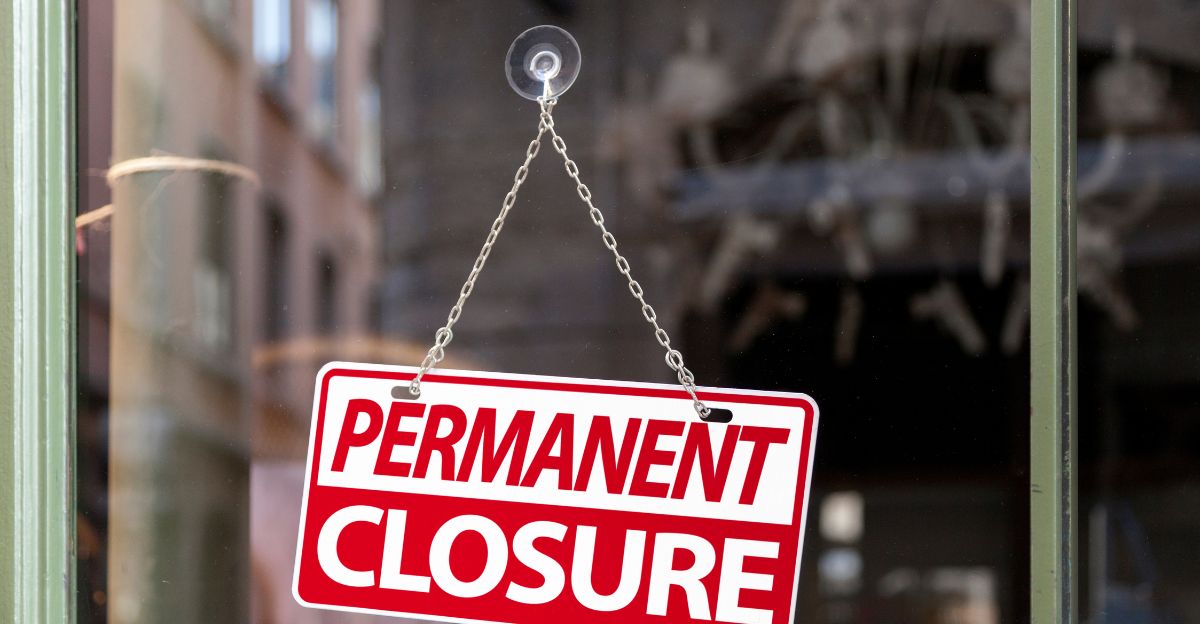
With inflation at heights never experienced in recent memory, interest rates rising at an alarming rate, and consumer spending squeezed, economic pressures engulf all physical and high-street retailers.
Over half of Americans report severe financial pressures, and discretionary spending is down. Convenience stores primarily relied upon customers regularly purchasing at lower volumes and have certainly felt the squeeze.
Rising goods costs (23% since 2021) have squeezed convenience store profit margins, making their financial situation untenable and leading to their closure.
The Rise Of The Online Consumer and Changes In Consumer Trends

The changes in the typical convenience store model align with changing consumer behavior. Millennials and Gen Z enjoy online shopping due to lower prices, more choices, and an increased ability to personalize the experience.
Originally, convenience stores were a way to have an impulse-stop solution; now, they are at risk from technology companies that provide e-commerce options at their doorsteps, and the ease of use of frictionless e-commerce.
Even hybrid formats, which had sought innovations such as food service and retail, are also struggling to remain relevant.
Brand Identity and Transition Issues

The chain never closed; now, it sits lowly rebranded on purpose. A competitor’s acquisition created a roll-out plan for structured transition with bundling and trials, ultimately removing that brand.
They developed and marketed this plan to maintain customer loyalty. However, it only washed out the chain’s character.
The gradual decline of the chain’s brand illustrates the problem faced by heritage retailers. These retailers need to maintain some heritage while trying to innovate and provide good, convenient service, particularly around customer passion. At the same time, the physical business situation demands change.
The Human Cost On Employees and Communities

Store closures have more than just an economic impact; they also affect employees’ communities. Employees fear closure, layoff, or insecure employment, which creates fear and lowers morale.
Customers lose access and convenience, especially in disadvantaged communities, and likely lose trust. The social/emotional impact is typically negligible, but it is essential, as it shapes public opinion and long-term consumer habits.
The closure of places, whether legendary retailers, is not an exit from the market, but an experience of loss and disconnection for people.
Understanding Convenience Stores As Cultural Hubs In History

Convenience stores have evolved far from their initial history of providing ice and milk in the 1920s to cultural pillars of suburban and urban living. Their evolution went hand in hand with car ownership and suburbanization, making them part of American lifestyles.
The shutdown of a large chain represents a historical moment, signaling the end of an era of physical closeness and rapid access as the indicators of retail convenience.
This transition follows broader societal trends regarding mobility, technology, and consumption patterns, so the closure is an apt concluding chapter to the history of retailing.
Competitive Landscape
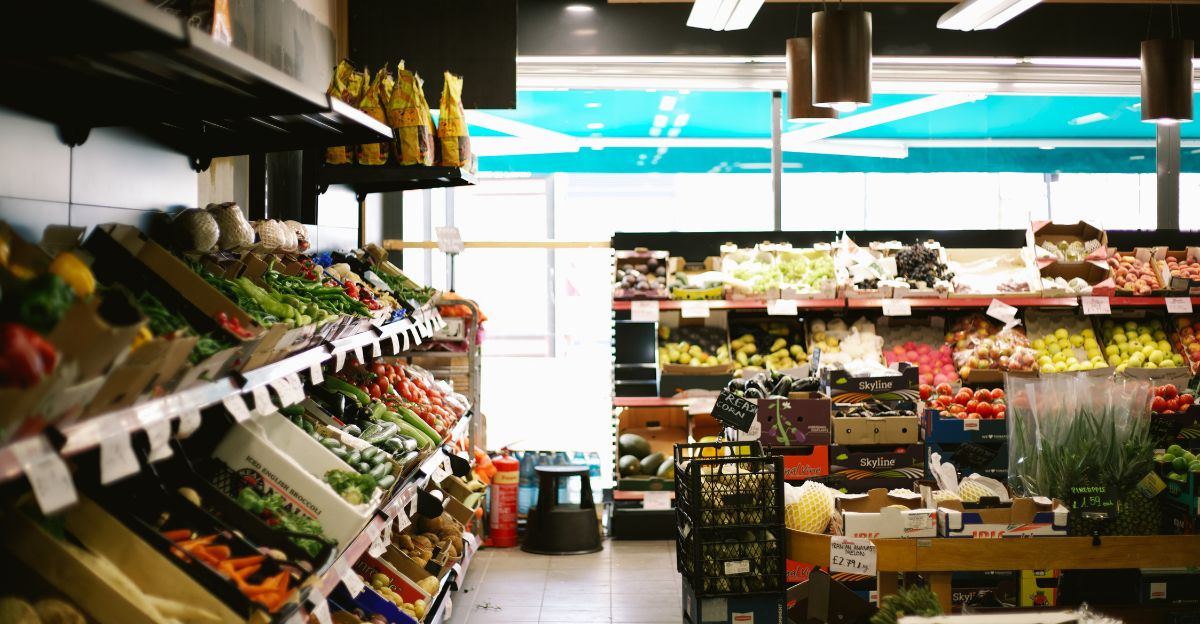
The convenience store market has also aggressively consolidated throughout the country, with large operators swallowing up small chains to obtain scale and innovation.
Most recently, the acquisition of the classic chain, followed by a rebranding under the competitor’s flag, underscores this trend. Consolidation, however, promotes efficiency and sophistication while reducing consumer market diversity and choice.
The shutdown illustrates how much survival now depends on the might of capital, technology, and flexibility, which exposes traditional players.
The Rise Of Foodservice and Hybrid Models
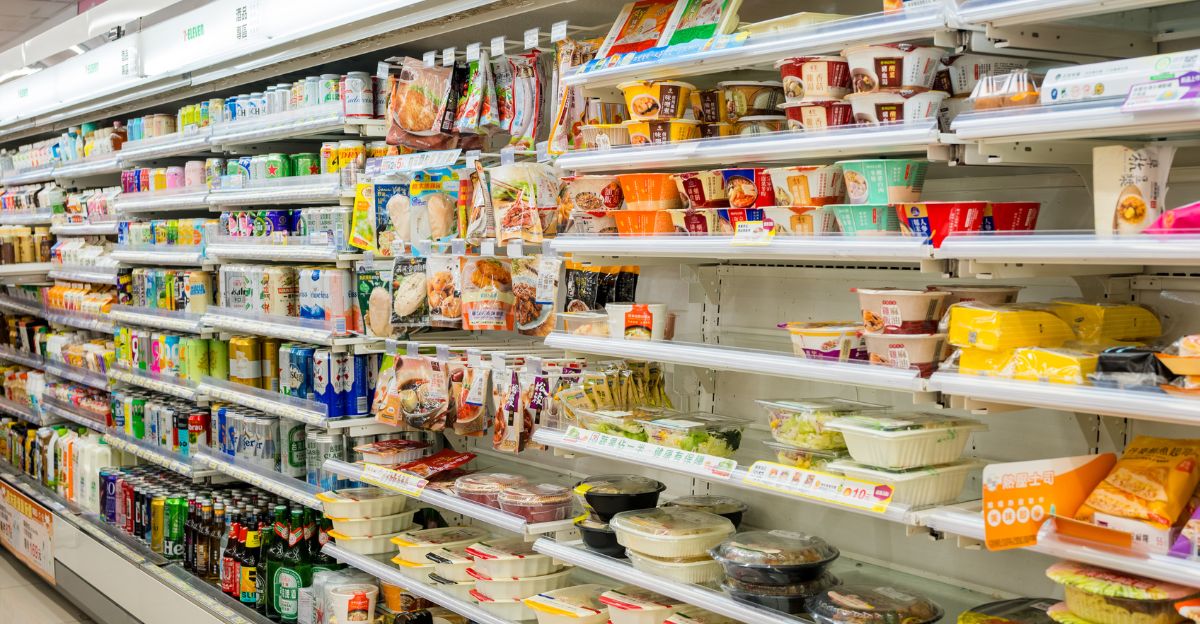
Convenience stores today are becoming foodservice hubs, surfing the prepared meal and mobile ordering wave. It is a growth-sustaining trend that is heavy on investment and operating overhaul.
The chain’s experimentation with putting in kitchens and testing hybrid stores exemplifies this trend. All of these changes are costly and risky, especially during economic uncertainty.
Operational mishaps can put you on a downward slide. This retail chain did not get the full food service opportunity before it went down for the count.
What This Outcome Means For Consumers and Retailers
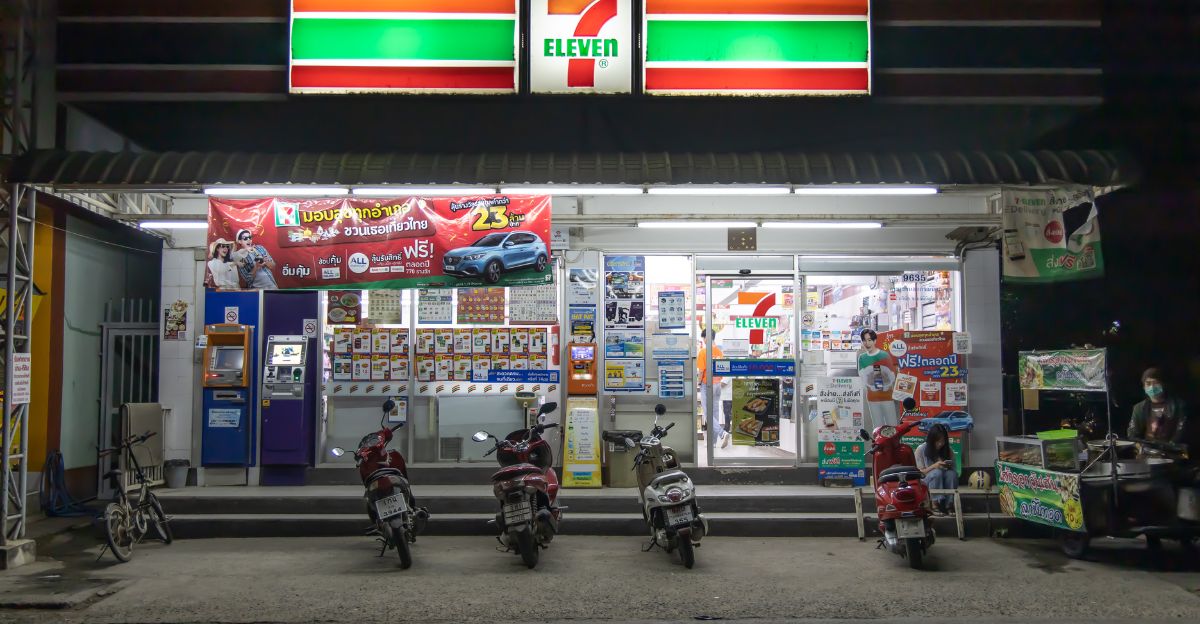
The closure doesn’t just signify a narrowing mean in the convenience sector, but potentially broader implications.
Convenience stores continue to be convenient, but in the face of digital disruption, economic uncertainty, and changed consumer values, the type of convenience will increasingly become limited; urban dwellers will need more accommodations to access fewer quick-stop shopping destinations.
For some citizens in rural areas or remote places, the closure will significantly reduce access to the basics. The closure is a stark reminder for retailers to prioritize innovation, customer obsession, and fiscal strength amidst constant change.
Reflections and Future Paths Moving Forward

The ultimate and final closing of this iconic brand/convenience store chain sums up the quadruple whammy of economic pressures, digital disruption, changes in consumer behavior, and our inherent psychological reaction to all these converging forces on the retailing landscape.
It illustrates that legacy brands can no longer anchor their value solely on tradition. Instead, they must engage in change and act decisively. The slow, hesitant weaning process suggests a willingness to respect consumers and the harsh realities of marketplace dynamics.
Discover more trending stories and Follow us to keep inspiration flowing to your feed!

Craving more home and lifestyle inspiration? Hit Follow to keep the creativity flowing, and let us know your thoughts in the comments below!
